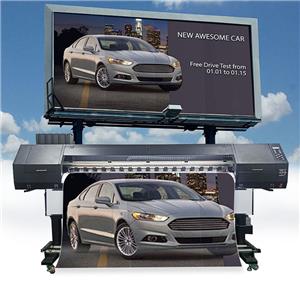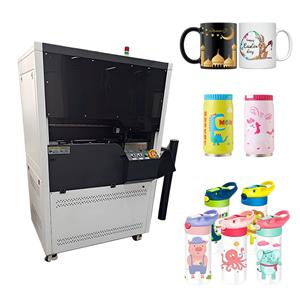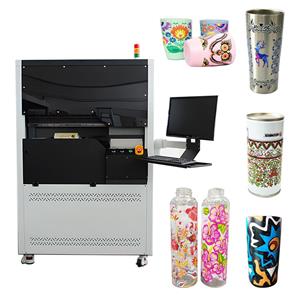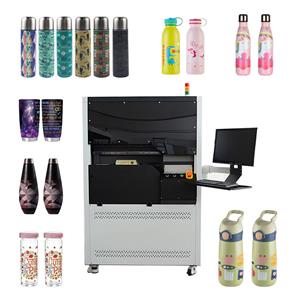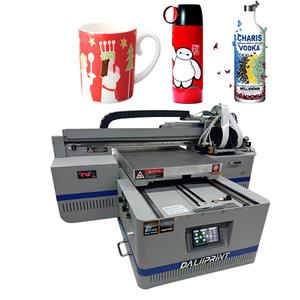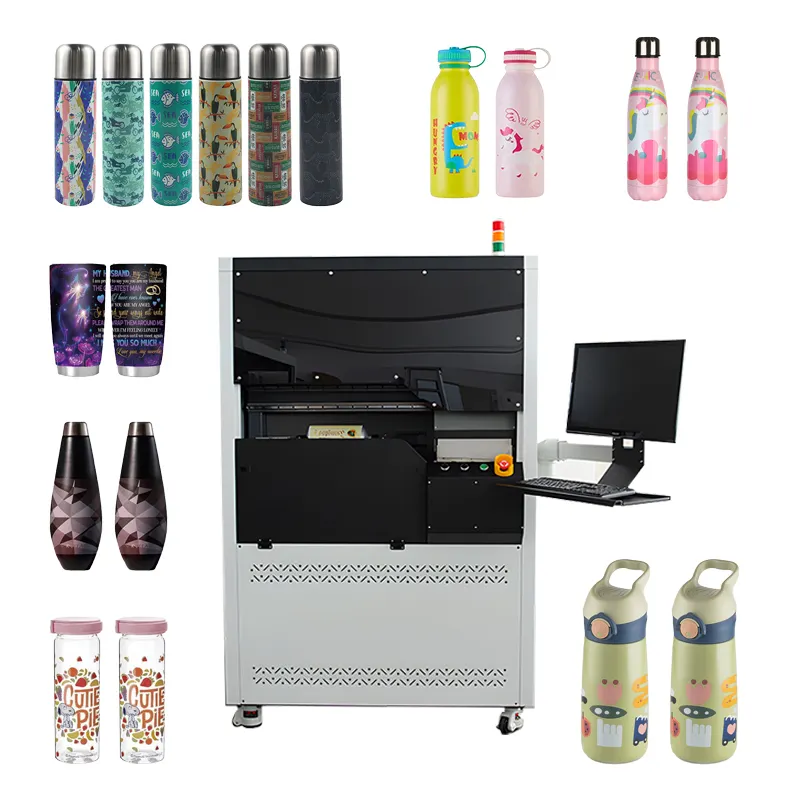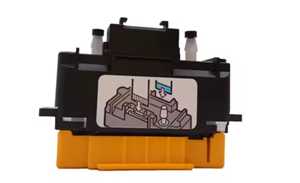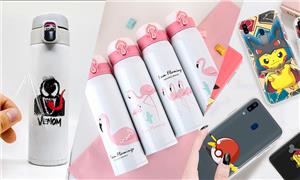News
-
11-05 2025
180cm Dual-Head UV Roll Printer Now Available
A new 180cm wide-format UV roll-to-roll printer equipped with XP600/I3200 dual printheads has been launched, completely breaking the traditional equipment's dilemma of balancing speed and accuracy with its core advantages of "ultra-wide coverage + dual printhead options + full material compatibility".
-
10-31 2025
A New Breakthrough in the Launch of Cylindrical UV Inkjet Printers
In the fields of packaging printing and cultural and creative customization, the Digital Inkjet Cylinder UV Printer has become an "all-round solution" for printing cylindrical products such as glassware, bottles, and thermos cups, thanks to its core advantages of "30-320mm full diameter coverage + UV ink compatibility with all materials + high-speed output of 60 pieces/minute".
-
09-09 2025
New breakthrough in printing with digital inkjet cylindrical UV printers
In the fields of packaging decoration, gift customization, and household goods, the Digital Inkjet Cylinder UV Printer, with its core advantages of "full-size cylindrical adaptation + rapid UV curing + high-definition color reproduction," has completely overcome the limitations of traditional cylindrical object printing, which has resulted in "complex processes, high costs, and uneconomical small batches."
-
09-02 2025
A2 format UV-DTG all-in-one printer launched
In the personalized textile customization market, the UV Printer A2 DTG Large UV Digital Printer Machine (A2 format UV-DTG digital all-in-one machine) has become a new tool for small and micro businesses and startup studios thanks to its core advantages of "UV + DTG dual functions, compatibility with pure cotton textiles, and high cost-effectiveness."
-
08-16 2025
Injecting new vitality into cup and pot printing
As the wave of personalized customization sweeps the consumer market, the Cylindrical Bottle UV Printer, with its unique 360-degree rotary printing capabilities, has become a new favorite for printing cylindrical items like thermoses, mugs, and cups. This digital rotary printing device, with its high efficiency, precision, and versatility, has revolutionized personalized production for the cup and pot industry.
-
07-29 2025
Enabling multi-material printing scenarios
Recently, the price of the A2-size 4060 multi-function mini UV printer has attracted market attention. This printer, with its wide applicability and compact design, has become a favorite among many businesses and entrepreneurs. It can produce high-quality prints on a variety of materials, including plastic phone cases, wood, acrylic, metal, cylinders, and cardstock.
-
06-25 2025
The Breakthrough Journey of Cylindrical Bottle UV Printers
Driven by the trend toward customized packaging and personalized consumption, the limitations of traditional printing technology in handling curved objects have become increasingly apparent. The advent of cylindrical bottle UV printers is like a precise “digital engraving tool” that uses innovative technology to break through the bottleneck of curved surface printing, bringing disruptive changes to industries such as cosmetics, cultural and creative products, and industrial identification.
-
04-27 2025
Revolutionizing Bottle Printing
In a competitive market, the Cylinder Bottle UV Printer revolutionizes bottle printing for the packaging industry. Designed for cylindrical objects, it utilizes UV light-curing inks and combines seamless, high-resolution 360° printing on a wide range of materials in an environmentally friendly and cost-effective manner. The wine industry has already taken this opportunity to print unique labels directly on the bottle, which is promising. Translated with DeepL.com (free version)
-
03-18 2025
UV Printer Head Replacement Frequency: Understanding the Lifespan and Maintenance Tips
UV printers have revolutionized the printing industry with their ability to print on various materials with high precision and durability. However, one critical aspect of maintaining optimal print quality is the timely replacement of UV printer heads. The lifespan of a UV printer head can vary significantly based on usage, maintenance, and environmental factors. This article explores the general replacement frequency and essential maintenance tips to extend the lifespan of UV printer heads.
-
02-15 2025
The application of UV flatbed printer advertising industry
UV flatbed printer becoming more and more popular because it has rich and varied effects, high precision, flexible batch, and no need of screening, eco-friendly and small footprint, able to make personalized printing at any time. The key point is that the printing has no limits.

